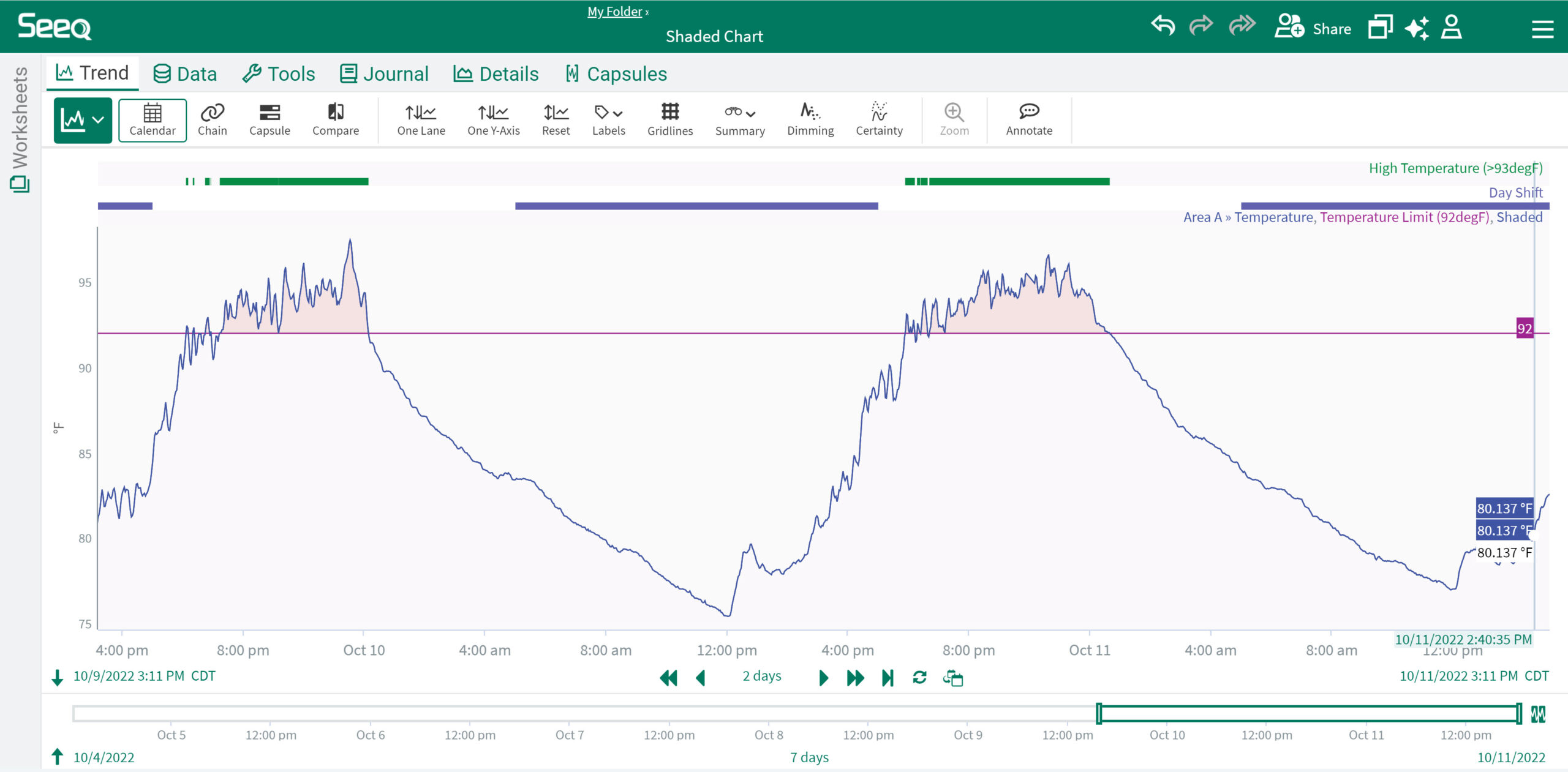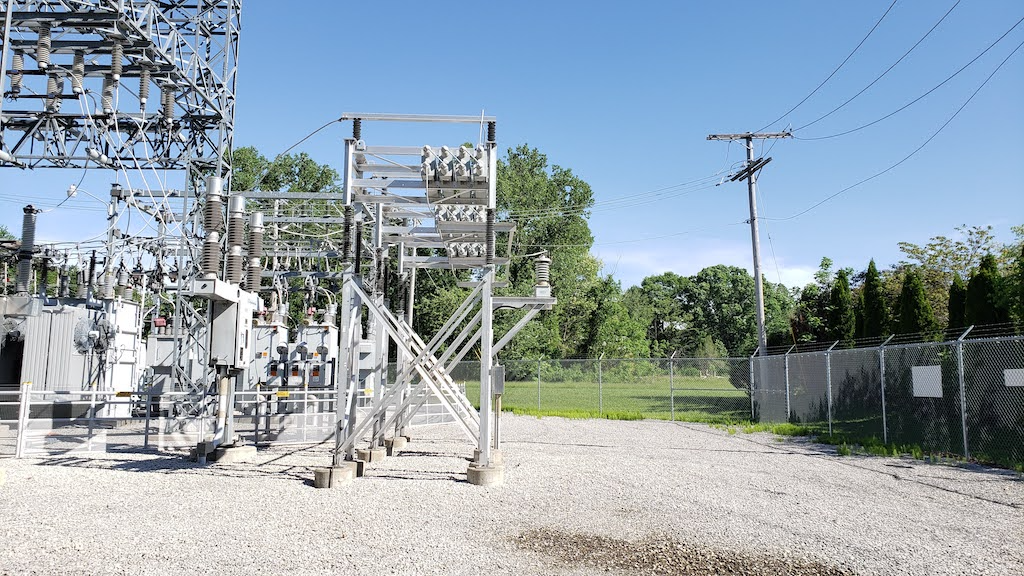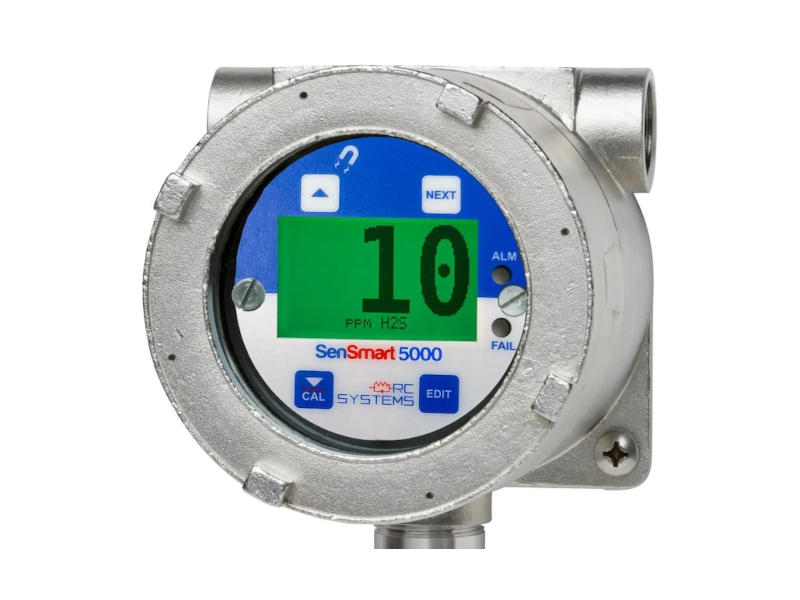Enterprise asset management (EAM) technology is expanding and can help manufacturers looking to take advantage of digital transformation and its benefits. Five trends are highlighted.

Learning Objectives
- Learn about enterprise asset management’s (EAM) growing role in manufacturing since the COVID-19 pandemic.
- Understand how EAM trends are having an impact on digital transformation.
- Learn how EAM, cloud integration and more are affecting the supply chain.
Asset management insights
- Enterprise asset management (EAM) is expanding as manufacturers emphasize more on digital transformation and finding greater efficiency.
- Focusing on integrated insights to invest time and money where the problems are with a fully integrated supply chain and risk-based management can lead to success.
Since the pandemic, it appeared that enterprise asset management (EAM) technology has changed and expanded at an incredible rate. While the pandemic’s effects are beginning to diminish, EAM technology is prepared to expand further, with new tools and focuses that will revolutionize the ways organizations make choices, engage with customers, manage data and more.
Users now have more access to valuable data than ever due to increased cloud migration and investments in cloud collaboration technologies. Firms are increasingly using Internet of Things (IoT) technologies to obtain a wealth of data on their asset’s health and their impact on the bottom line. EAM should be given utmost priority in businesses in order to maintain the competitive edge.
Consider these five EAM trends to look out for in 2023 that will bring in digital transformation.
1. Increasing use of technology in holistic business planning.
Businesses are actively integrating their production and maintenance operations. A consistent set of master data of assets is essential for comprehensive corporate strategy. A common asset base helps businesses in integrating their strategies by giving the following information regarding their assets:
-
The owner of each asset
-
Where each asset stands in its maintenance lifecycle
-
How these assets can be tied into material requirements planning (MRP) and enterprise resource planning (ERP) and thus provide businesses with a holistic picture of genuine run times
-
How businesses can use these assets flexibly during times of supply chain challenges.
The master data must have a high level of integrity for effective planning. By establishing user-friendly interfaces, technology may significantly streamline the procedure of updating master data.
2. Automation of facilities.
Businesses are automating their facilities in hopes of bettering their sustainability and productivity. This could be achieved through the use of IoT, mobile applications, and chatbots in predictive and field maintenance. The EAM system can precisely identify which element of an asset needs to be replaced with the use of artificial intelligence and machine learning. This minimizes the need to completely shut down machines, thereby resulting in a more productive and happier workforce. Using mobile applications or chatbots, internal and external technicians may monitor work orders and exchange information such as tasks accomplished and time spent to complete them while searching for relevant data and information.
In addition to predicting asset failures, modern EAM systems can also map the sensitivity of assets to business performance, identifying mission-critical assets whose downtime could result in greater than average losses to the business. The insights gained on asset sensitivity would enable businesses to predict, plan and prioritize asset downtime of critical assets over the rest.
3. Cloud infrastructure usage in measuring KPIs.
Cloud infrastructure enables less structured data from sensors and business data from traditional ERP/MRP systems to flow up into a standardized cloud environment, where it is harnessed using advanced analytics. This can be done to help measure key performance indicators (KPIs), which are then parsed down to business units so they can monitor and manage through meaningful KPIs. These KPIs can be accessed through a centralized dashboard for improved governance and continual improvement.
4. Supply chain integration.
Organizations are rapidly transitioning from a mere arm’s length connection with their suppliers to an integrated partnership. By integrating systems with their suppliers, companies can have greater visibility from the supply chain to the assets within it, eliminate manual data entry and obtain more actionable insights from their business intelligence application. Furthermore, by aligning and integrating internal and third-party processes, businesses will attain adaptive processes that allow them to respond rapidly to field and customer demands and alter production and equipment usage as needed.
Businesses have often engaged with their suppliers through email-based exchanges. Leading enterprise software providers have enabled suppliers and customers to electronically exchange data in real time over portals on enterprise asset management software, making it one of the most efficient methods for businesses to communicate with their external ecosystem. Portals are becoming increasingly common. Various mobility apps and chatbots are being utilized by extended supply chains to enter data and distribute information.
5. Technology-enabled risk management.
Effective adoption of new technology can only be achieved by guaranteeing the integrity of its input and output data as well as meticulous planning of how that data will be handled by the organization’s master data management strategy. In specializing in data intelligence and agile development, businesses can achieve high data integrity requirements without affecting other business assets. Data intelligence provides businesses with insight into corporate data, allowing them to make informed decisions about how to better their services and avoid integrity concerns while expanding them. Meanwhile, agile development can perform quick testing and deliver solutions swiftly to the market for end-customers to utilize.
Businesses need real-time data to make the best decisions. Data helps organizations better evaluate their advantages and disadvantages with respect to their competitors. It facilitates them to identify opportunities to cut expenses, boost efficiency, and venture into new markets. Real-time data facilitates the best day-to-day decision-making. This data enables businesses to monitor their performance in the market and their competitors.
Businesses are in danger of experiencing bottlenecks if they employ operational optimization tactics and agile methodologies while their suppliers do not. Companies and their suppliers can focus on assets and utilize MRP and ERP-integrated insights to invest time and money where the problems are with a fully integrated supply chain and risk-based management. A robust supply chain integration strategy, as well as a risk-based approach, will also assist businesses in monitoring and adapting to supply chain concerns.



